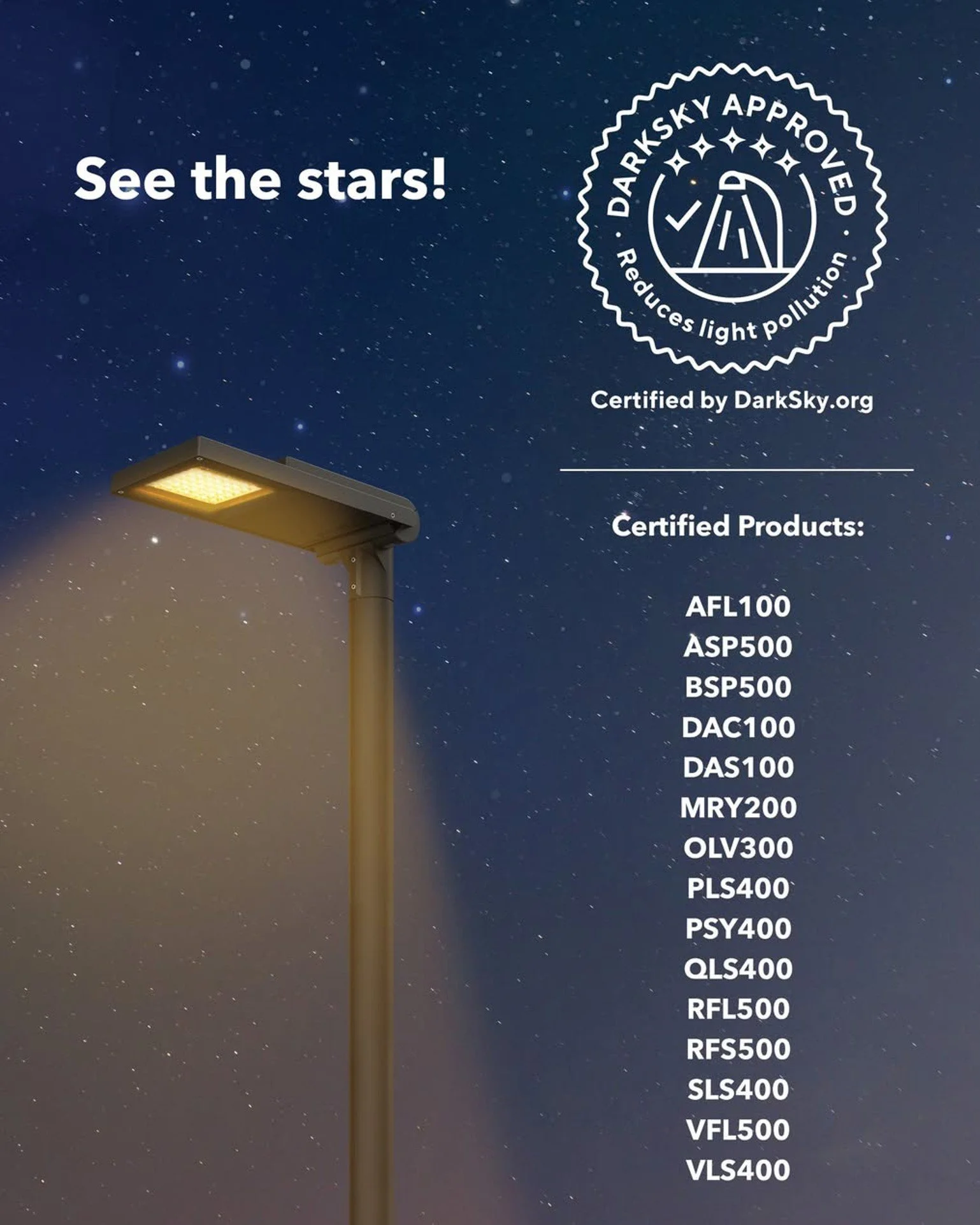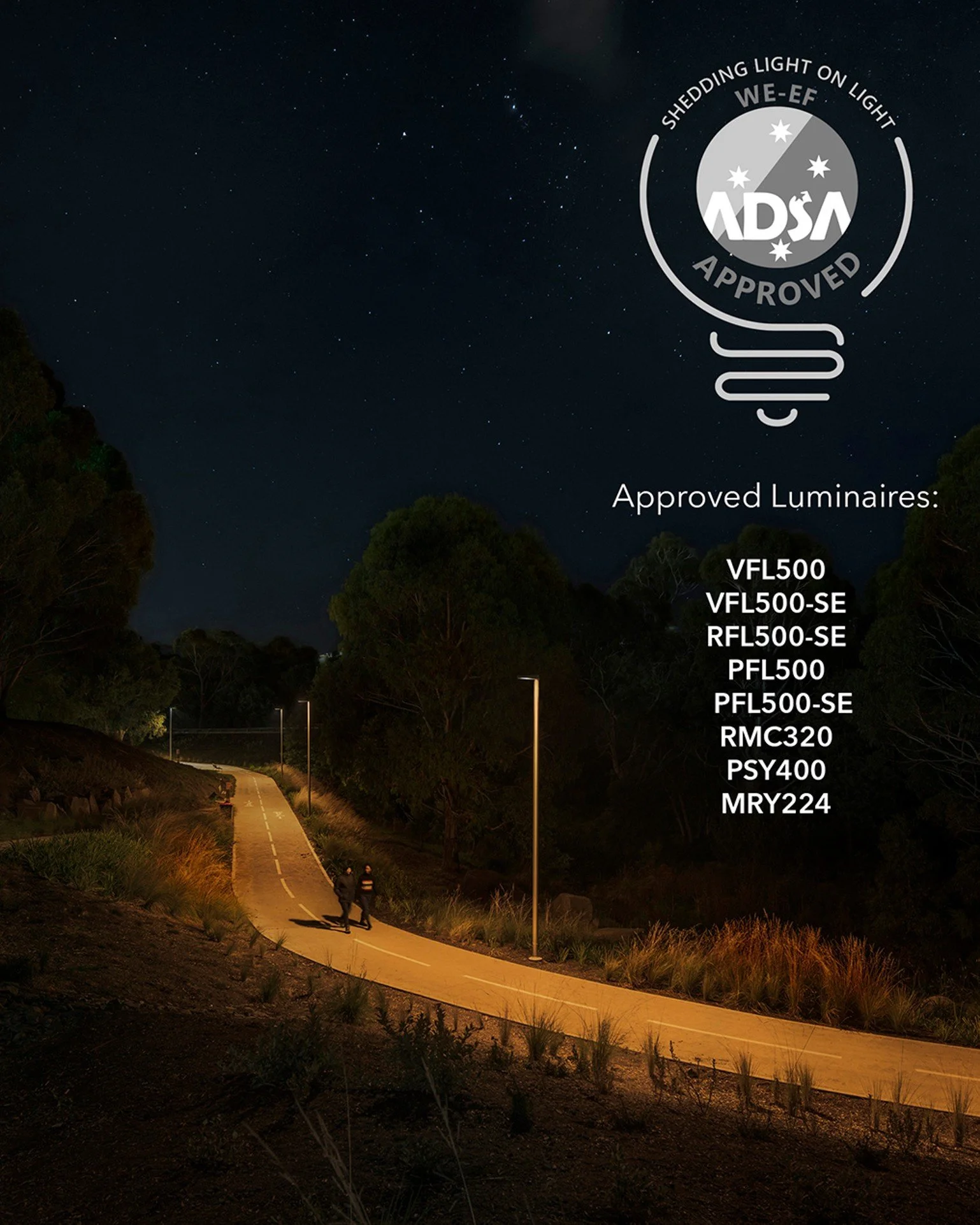Streetlights Aren’t the (Main) Villain: Rethinking Light Pollution in Our Cities
When you look out over a city at night and see the sky glowing, it’s easy to assume the streetlights are to blame. But new research suggests we may have been pointing the finger in the wrong direction.
George Street in Dunedin
A recent citizen science study published in Nature Cities has found that public streetlights are not the main cause of light pollution in urban environments. In fact, they make up just a small slice of the total light pie — around 10–13%, to be exact.
Led by Dr Christopher Kyba and a team of 257 volunteers across Germany, the project catalogued over 230,000 individual light sources across cities, suburbs, and industrial areas. Their goal was to get a ground-level view of what is actually lighting up the night — and compare it with satellite imagery taken from above.
The findings were striking:
Private windows were the most common source of light, making up nearly 50% of the total.
Commercial lighting, including shop windows, signs, and building-mounted floodlights, came next.
Many of these lights, especially decorative and security lighting, were unshielded and spilling light upwards into the sky.
Streetlights, on the other hand, were often shielded and designed to direct light downwards, lighting the street, not the stars.
Why this matters
We have long known that excessive artificial light at night (ALAN) affects wildlife and ecosystems. Migratory birds, bats, insects, and frogs are all affected by artificial skyglow, and even plants can be thrown out of sync by too much night-time light.
Humans are not immune either. Light pollution disrupts circadian rhythms and has been linked to poor sleep, stress, and even some chronic health conditions. And then there’s the energy wasted by lighting things that don’t need to be lit, at times when no one is there to see them.
The New Zealand perspective
Just like elsewhere in the world, public conversations around light pollution here in Aotearoa often focus on council-owned street lighting. While working on the Banks Peninsula Dark Sky Reserve project, the MHL team observed first-hand how many residents in Akaroa believed Christchurch City Council’s streetlights were the main issue.
This study shows that’s simply not the case.
That’s not to say our street lighting networks cannot be improved. Across the country, 4000K remains common in general street lighting — a colour temperature that’s far from ideal when it comes to protecting flora and fauna. Warmer options like 3000K are becoming more accepted, but 2700K and 2200K, which are better for the environment, are still rarely used.
As awareness of the harmful impact of excessive artificial light at night (ALAN) grows and more areas of New Zealand move to gain Dark Sky Reserve status, from Central Otago to the Banks Peninsula, the need for more intentional lighting choices is growing.
So what can be done?
Reducing light pollution does not mean compromising on safety or functionality. It means being smarter and more selective with how, where, and when we use artificial light.
Here are some practical steps that can help:
For councils and cities: Review lighting policies to include all sources of light, not just streetlights.
For businesses: Turn off signs and decorative lights after hours. Use timers or motion sensors.
For lighting designers and engineers: Specify warmer colour temperatures and shielded luminaires where possible.
For residents: Close curtains at night. Turn off unnecessary lights.
DarkSky approved luminaires
At MHL, we are proud to support better outcomes through smarter lighting. From working on Dark Sky Reserve projects to supplying DarkSky Approved luminaires — including the latest from WE-EF — we are committed to solutions that balance performance, design, and environmental responsibility.
Selected WE-EF luminaires are now certified under DarkSky International’s updated DSI v3.0 program — a globally recognised standard that brings much-needed improvements to outdoor lighting regulation. These include:
Stricter limits on upward light
Clearer categorisation of lighting types
Stronger expectations around lighting controls
This global recognition complements WE-EF’s long-standing leadership under the Australasian Dark Sky Alliance (ADSA) — still the most locally relevant certification for New Zealand and Australia. ADSA's focus on 240V infrastructure, native wildlife protection, and high-angle glare mitigation makes it particularly well suited to our region.
You can check the images below for a full list of WE-EF’s newly certified luminaires — and feel free to get in touch if you would like to learn more or talk about a specific project.
WE-EF DarkSky Approved luminaires
WE-EF ADSA Approved luminaires
Looking ahead
Light pollution is a complex issue, but the solutions are often simple. And now that we better understand where the real sources of excess light are, we can start making meaningful change.
As Dr Kyba and his team concluded, reducing the environmental impact of city lighting requires a broader approach — one that considers all sources of light, not just the ones we see on the road.
Let’s light our cities thoughtfully, not just brightly.
Further reading:
This blog is based on the findings of a study led by Dr Christopher Kyba, published in Nature Cities on 16 June 2025: “Citizen science illuminates the nature of city lights” (DOI: 10.1038/s44284-025-00239-5). Full credit to the researchers.
A summary of the result was written by New Zealand-based physicist & science journalist Laurie Winkless for Forbes Magazine. Accessible here.
Learn More about DarkSky approved luminaires
Get in touch with us to learn more about all DarkSky and ADSA approved luminaires and how to make your next project DarkSky friendly.



